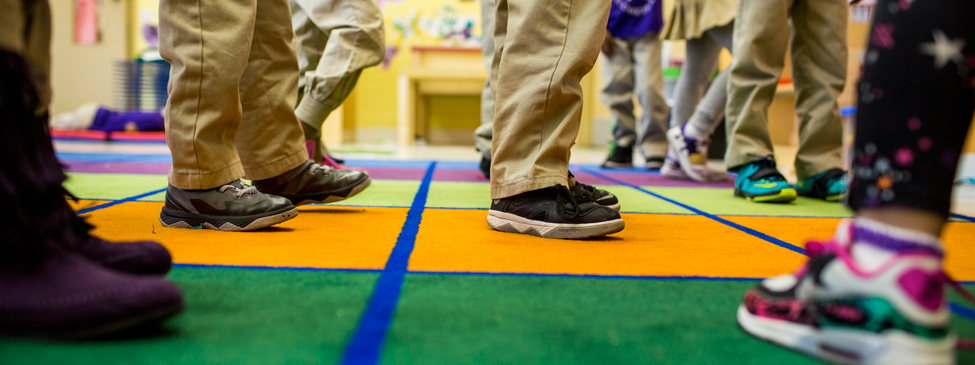Last week, the Obama administration told every school district in the country that all students should be allowed to use the bathroom that matches their gender identity. Attorney General Loretta Lynch assured trans students that, “We see you. We stand with you.” And the U.S. Secretary of Education John B. King Jr. said, “We must ensure that our young people know that whoever they are or wherever they come from, they have the opportunity to get a great education in an environment free from discrimination, harassment and violence.”
Setting aside political beliefs, the fact that the federal government felt compelled to weigh in on students’ rights to use the bathroom that reflects their gender identity—considering the many issues the Department of Education stays out of when it comes to how states run their school systems—speaks to a broader issue: the very real and widespread discrimination and bullying faced by LGBTQ students (and educators) in schools. It is this bullying that prompted President Obama to release an “It Gets Better” video in which he assured our LGBTQ students that they are not alone, that they have done nothing wrong, and that they, like all children, don’t deserve to be bullied.
Recently, my colleague shared his experience as a gay teacher who found himself unprepared to support a student who came out to him. Many of you read that story—in fact, it’s already one of TNTP’s most-read blog posts of the year.
But his experience is far from unusual. In internal conversations, other LGBTQ colleagues shared their own experiences: a former principal who cleaned hate language directed at her off a school bathroom wall, and found herself uplifted by a student who helped her; a new teacher who preferred an elementary school placement rather than high school to avoid bullying from students; an instructional coach who avoids the school bathroom out of fear. Many of us also remember students like Terrance who didn’t feel safe living their identities openly in school; others were once teachers who struggled to address anti-LGBTQ bullying between students.
Despite the greater visibility of LGBTQ identities and greater social acceptance of LGBTQ people, our schools just haven’t kept pace. A recent survey found that gay young people in K-12 schools are more likely to be bullied and twice as likely to commit suicide as their straight peers. Sixty-one percent of LGBTQ students report feeling more unsafe at school than straight and cisgender students. In one North Carolina district, students will now be allowed to carry pepper spray in school; one board member told the press this might be useful for students who encounter transgender peers in the bathroom.
As I heard from my colleagues and know from my own experience, LGBTQ teachers and school leaders have it no easier. While straight teachers can openly affirm the existence of a husband or wife in classrooms and among colleagues, LGBTQ teachers often feel the need to hide these details. Who can blame them? In 32 states, LGBTQ teachers can legally be fired for their sexual orientation and/or gender identity.
The simple truth is far too many school experiences leave LGBTQ students and staff unsupported—and many times, we don’t even have the guarantee of safety while we teach and learn. Just like other large, underserved groups of students or teachers in this country—those of color, English Language Learners, or those with different religious backgrounds, to name a few—LGBTQ students and staff can no longer afford to be left on the margins of our educational system.
This isn’t about politics; it’s about kids and teachers. All of us in education have an obligation to have a conversation about the best ways to make our schools safer for LGBTQ students and staff. We also have an obligation to act on that conversation.



